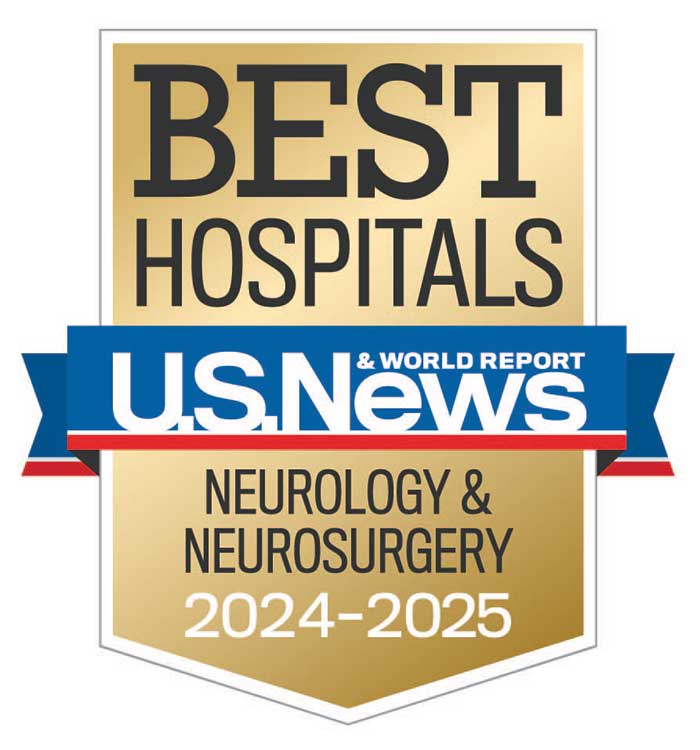Complex Spinal Deformity Surgery
NOVEL PROGRAM OFFERS PATIENTS LESS INVASIVE TREATMENT OPTION
Spinal column reconstruction for the management of adult spinal deformity (ASD) is technically challenging and has been associated with high complication rates,1 which may explain why few locations perform it. However, at Penn State Hershey Medical Center, specialists perform the correction using a posterior-only approach, as opposed to the more traditional anterior-posterior approach.2 Assistant Professor of Neurosurgery, John P. Kelleher, MD states, “This minimizes the need for next-day staging of the procedure. However, when staging is necessary, we use a minimally invasive extreme lateral approach which causes minimal blood loss and leads to rapid recovery.”
The major surgical procedure required to reshape the spine in cases of ASD typically requires an inpatient stay of between seven and ten days, followed by robust support in the weeks thereafter, making it unrealistic for many patients and their families. However, Kelleher has joined the Penn State Neurosurgery team to spearhead the spinal deformity surgery program in collaboration with colleague J. Christopher Zacko, MD, who also uses this less invasive approach.
“Not every ASD patient is a good surgical candidate.” Kelleher continues, “It is important to obtain a good medical clearance for this procedure, especially in older patients. Concomitant osteoporosis should be aggressively treated by a bone endocrinologist for at least three to six months before surgery.” Tolerating the surgery itself, is just the beginning. Deep-vein thrombosis and pulmonary embolism prevention, pain management, rapid mobilization, and excellent social support are all necessary for the best outcome.
In preparing patients, Kelleher takes care to manage their expectations through detailed conversation prior to surgery. He also ensures that patients try non-invasive treatment approaches (physical therapy-often aquatic-based, corticosteroid injections, and core strengthening exercises) before considering surgery. However, once a patient has reached the point where his or her deformity is so extreme that it is causing severe pain and loss of function, surgery can be the only option.
“Performing this procedure works best in conjunction with excellent support services, particularly in the areas of interventional radiology, anesthesia, pain management, and physical therapy,” says Kelleher. “At Penn State Hershey, it’s truly a multi-disciplinary approach.”

John P. Kelleher, MD
Assistant Professor of Neurosurgery
Phone: 717-531-3828
Email: jkelleher@pennstatehealth.psu.edu
Fellowship: Spine Surgery, University of Virginia School of Medicine; Neurosurgery, Sir Charles Gairdner Hospital, Perth, Australia
Residency: Neurosurgery and General Surgery, Penn State Milton S. Hershey Medical Center; Neurosurgery, Sir Charles Gairdner Hospital, Perth, Australia
Medical School: Penn State College of Medicine, Hershey, Pa.
Connect with John P. Kelleher, MD, on Doximity
References
- Burch S. Surgical complications of spinal deformity surgery. Neurosurg Clin N Am. 2007 Apr;18(2):385-92.
- Pateder DB, Kebaish KM, Cascio BM, Neubauer P, Matusz DM, Kostuik JP. Posterior only versus combined anterior and posterior approaches to lumbar scoliosis in adults: a radiographic analysis. Spine 2007. Jun 15;32(14):1551-4.

